The Toyota Prius, introduced in 1997, was a groundbreaking vehicle that brought several revolutionary changes to the automotive industry and consumer habits. Here are ten significant transformations it catalyzed:
Contents
Introduction of Mass-Produced Hybrid Technology
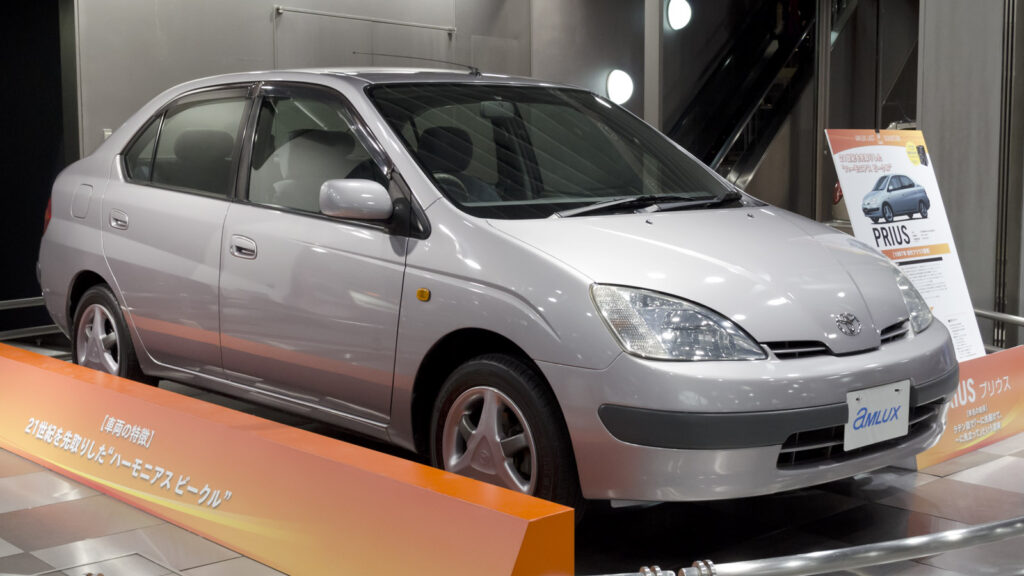
Before the Prius, hybrid vehicles were more a concept than a consumer reality. Toyota’s introduction of the Prius marked the first time a hybrid car was mass-produced and widely available. This technology combined an internal combustion engine with an electric motor, offering a more fuel-efficient and environmentally friendly alternative to traditional gasoline-powered cars. This innovation sparked a new direction in automotive technology, leading to greater research and development in hybrid and electric vehicles.
Increased Fuel Efficiency Standards

The Prius set new benchmarks for fuel efficiency. With its hybrid technology, it offered significantly higher miles per gallon (MPG) compared to conventional vehicles. This efficiency forced other automakers to innovate and improve their own fuel efficiency standards, which had a cascading effect on reducing overall fuel consumption and greenhouse gas emissions from the automotive sector.
Raising Environmental Awareness Among Consumers

The Prius became a symbol of environmental consciousness. Its popularity helped raise awareness about environmental issues like climate change and air pollution. It showed consumers that choosing a vehicle could be both a personal and an environmental statement, influencing a more eco-conscious mindset across broader consumer choices.
Development of Regenerative Braking Systems
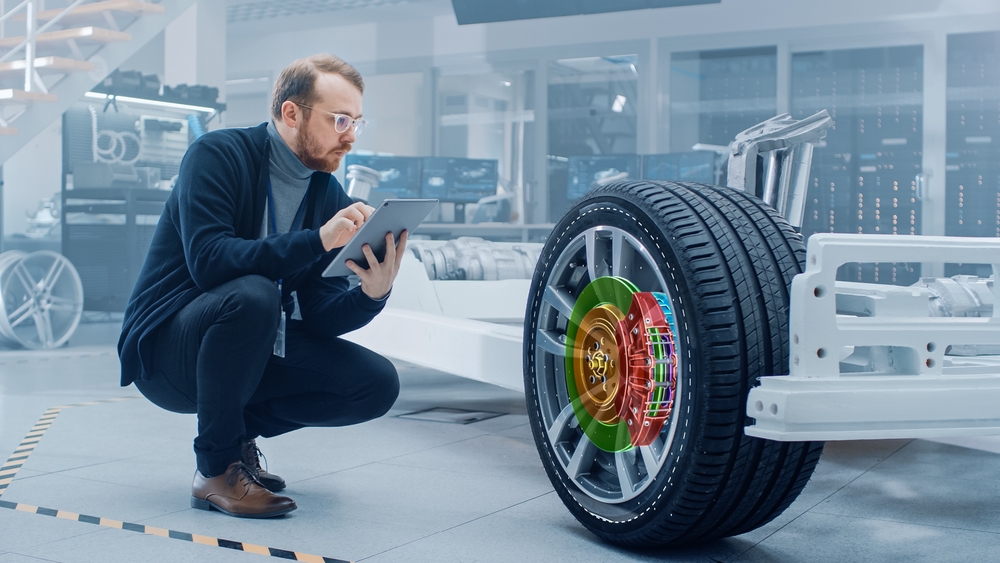
The Prius was one of the first vehicles to popularize regenerative braking, a system that recovers energy during braking and stores it in the battery. This innovation not only improved the overall efficiency of the vehicle but also contributed to advancements in battery technology and energy management systems in automobiles.
Catalyzing the Electric Vehicle Market

Although the Prius is a hybrid, its success paved the way for the acceptance and subsequent growth of the all-electric vehicle market. By introducing consumers to the concept of electric powertrains and demonstrating their reliability and efficiency, the Prius helped reduce the market resistance to purely electric vehicles.
Influencing Government Policies and Incentives
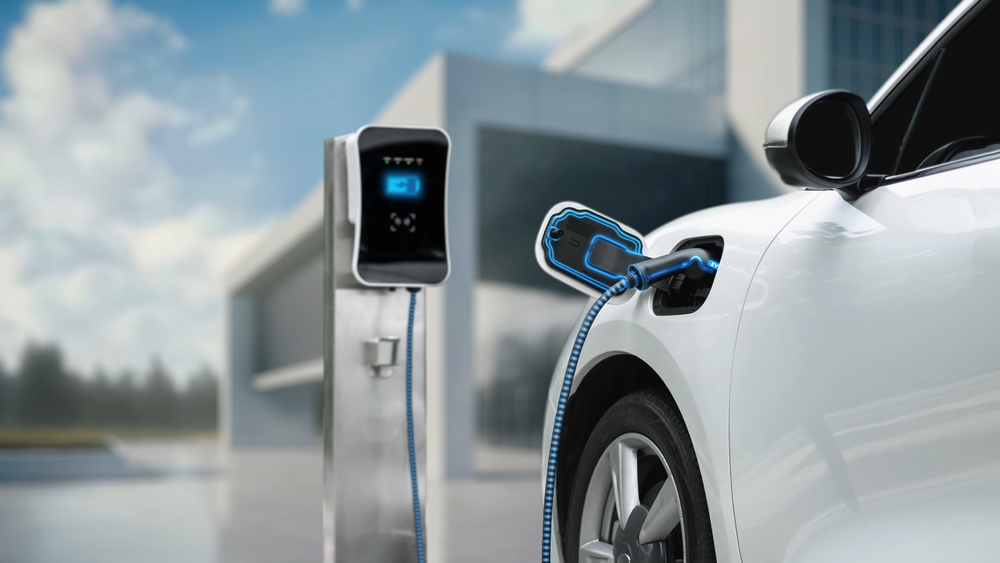
The popularity and environmental benefits of the Prius influenced many governments worldwide to introduce policies and incentives promoting hybrid and electric vehicles. These included tax breaks, subsidies, and infrastructure development like charging stations, which further accelerated the adoption of eco-friendly vehicles.
Advancements in Battery Technology
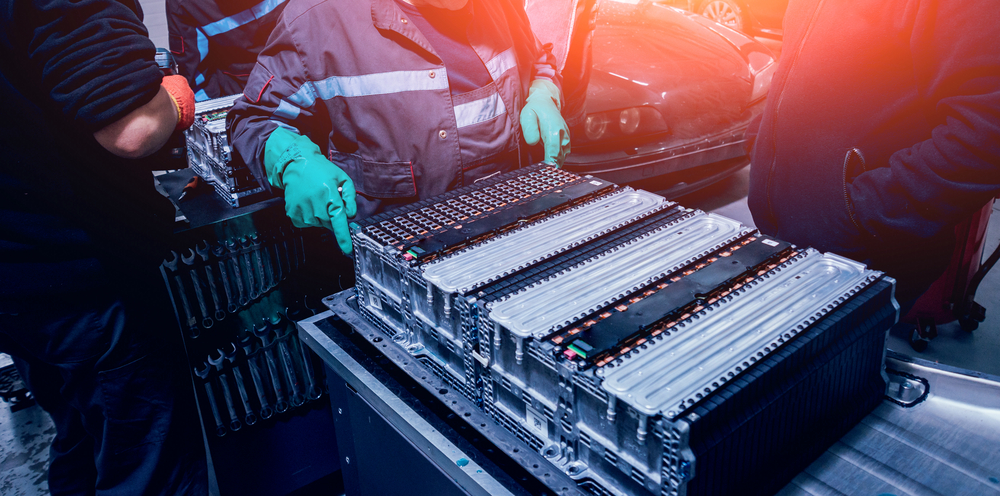
The Prius’s success necessitated improvements in battery technology, specifically in terms of efficiency, durability, and cost. This spurred significant research and development in this area, which not only benefited the automotive industry but also had implications for other sectors like renewable energy storage.
Creating a New Market Segment
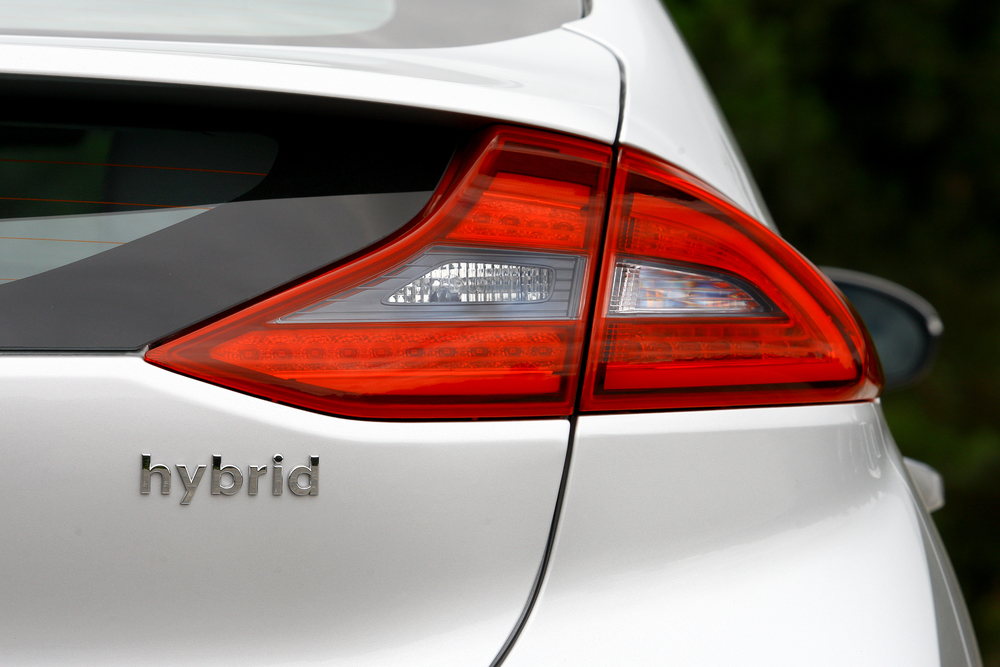
Before the Prius, there was no distinct market segment for hybrid vehicles. Its success created and defined this new segment, leading other manufacturers to develop their own hybrid models and contributing to a more diverse and innovative automotive market.
Encouraging Sustainable Manufacturing Practices
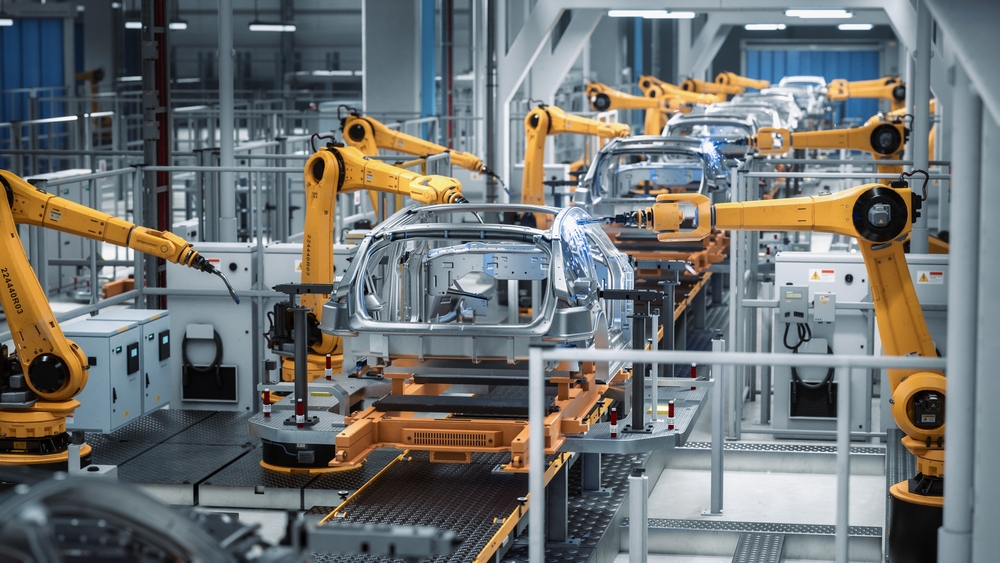
Toyota’s commitment to producing the Prius also involved adopting more sustainable manufacturing practices. This included reducing waste and emissions in the production process and using more eco-friendly materials, setting a precedent for the industry.
Innovating Automotive Design for Efficiency
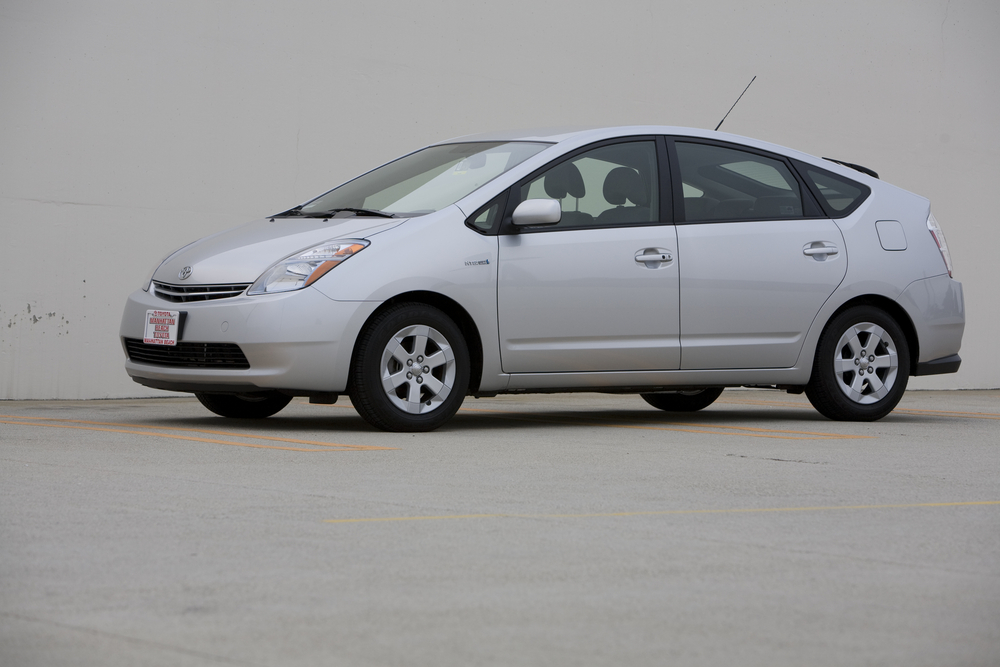
The Prius featured a unique aerodynamic design that was optimized for fuel efficiency. This approach to design emphasized the importance of aerodynamics in vehicle efficiency and influenced the design philosophy of future vehicles, both hybrid and non-hybrid.
This article originally appeared on MyCarMakesNoise.
More from MyCarMakesNoise
The 10 Most Lavish Airlines for First-Class Passengers

In today’s world of air travel, flying has transcended mere convenience and speed, evolving into an art of indulgence and opulence for those who seek it. This article delves into the zenith of aviation luxury, spotlighting twelve of the industry’s finest carriers. Read More.
The 12 Fastest Electric Cars Hitting the Road
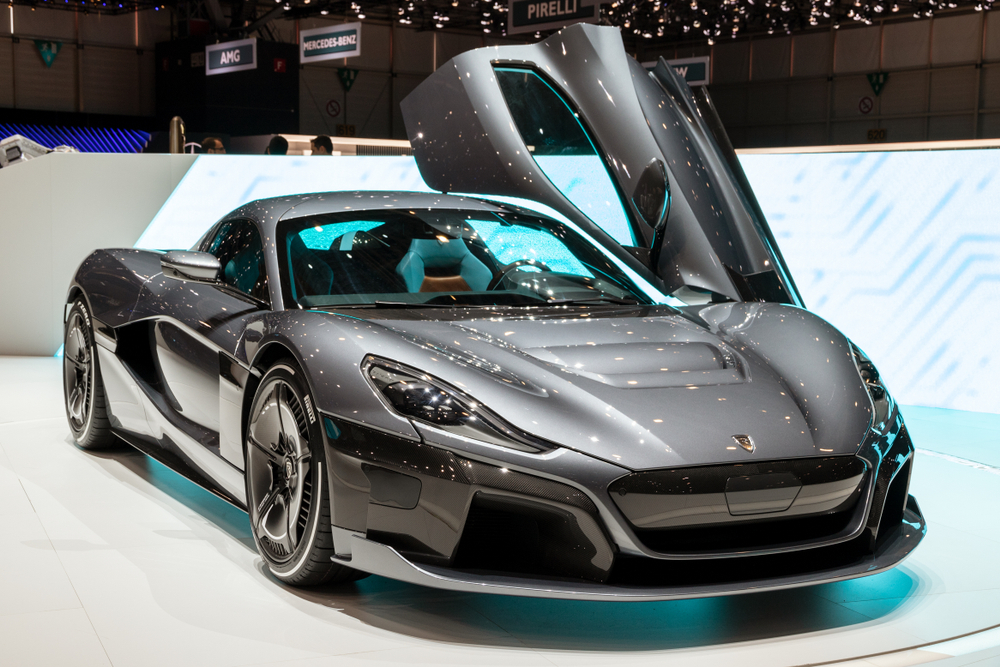
Gone are the days when electric cars were the slow, range-anxious cousins of their petrol-guzzling counterparts. Today’s electric vehicles (EVs) are not just matching the speed of traditional cars, but surpassing them, riding on the waves of lightning-fast acceleration and whisper-quiet operations. Read More.
12 Motorcycles That Drove the Evolution of Biking

From the roar of their engines to the legacy they imprint on the tarmac of time, motorcycles have always been more than just machines; they are symbols of freedom, innovation, and cultural evolution. Read More.














